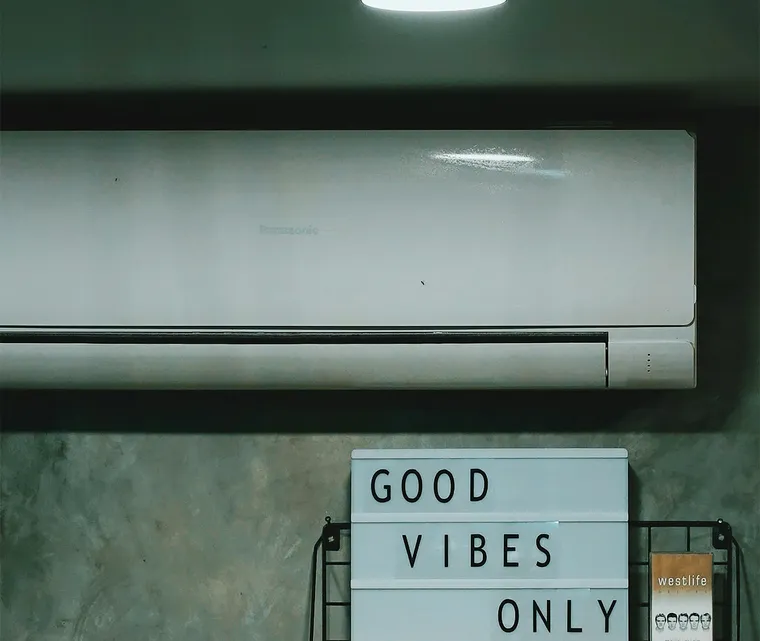These systems are composed of an outdoor compressor/condenser unit and an indoor air-handling unit, which are connected by refrigerant lines. They are often used in residential and commercial settings where traditional ducted systems may not be feasible.
Components and Installation
The installation of a ductless air conditioner requires mounting the indoor unit on a wall or ceiling, positioning the outdoor unit in an appropriate location, and connecting them with refrigerant lines. The system operates by absorbing heat from the indoor air and transferring it outside, thereby cooling the indoor environment. Proper installation is necessary to ensure efficiency and functionality.
Energy Efficiency and Operation
Ductless air conditioners are known for their energy efficiency due to the absence of ductwork, which reduces energy losses. They operate using inverter technology, which adjusts the compressor speed based on cooling demand. This results in better temperature control and lower energy consumption compared to traditional HVAC systems. Energy efficiency ratings, such as the Seasonal Energy Efficiency Ratio (SEER), indicate the performance of these units. Higher SEER ratings signify greater efficiency.
Advantages and Limitations
There are several advantages to using ductless air conditioners. They allow for zoned cooling, meaning individual rooms can be cooled separately, reducing energy waste. Additionally, they require less invasive installation compared to central air conditioning systems. However, they also have some limitations. The initial cost of purchasing and installing a ductless system can be high. Furthermore, maintenance involves periodic cleaning of filters and checking refrigerant levels to maintain optimal performance.
Noise Levels and Air Quality
Ductless air conditioners are generally quieter than window or portable units. The indoor unit produces minimal noise, as the compressor is housed in the outdoor unit. In terms of air quality, these systems include filters that help remove dust and allergens, contributing to improved indoor air conditions. Regular cleaning of filters is necessary to ensure continued efficiency.
Suitability and Considerations
Ductless air conditioners are suitable for various applications, including homes, offices, and buildings where extending ductwork is impractical. Factors such as room size, insulation quality, and climate should be considered when selecting a unit. It is important to ensure proper sizing of the system, as an undersized or oversized unit may lead to inefficiencies and discomfort.
Conclusion
Ductless air conditioners provide a cooling solution without the need for extensive ductwork. They are energy-efficient, allow for zoned temperature control, and can improve air quality. However, they require proper installation and maintenance to function effectively. While they offer several benefits, potential drawbacks such as initial cost and maintenance requirements should be considered.

